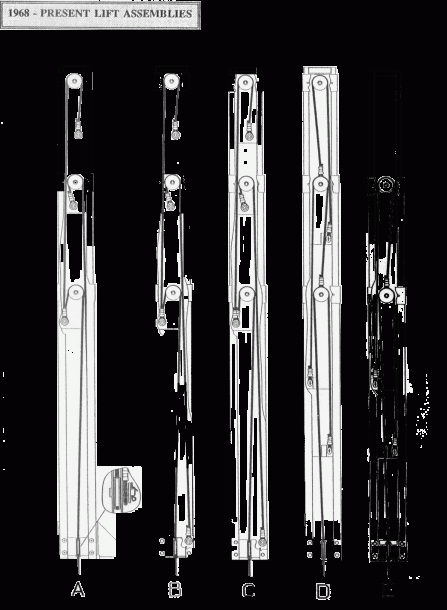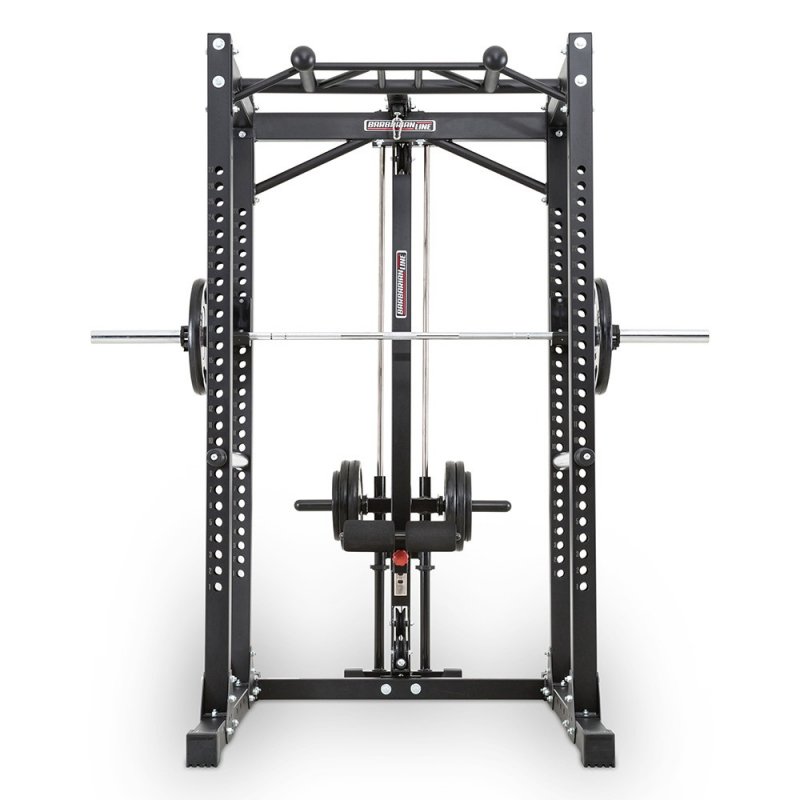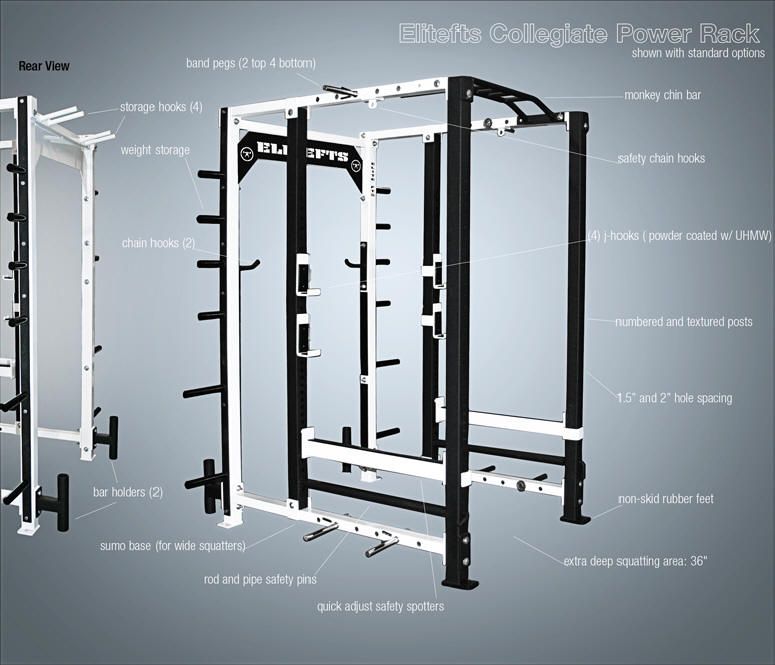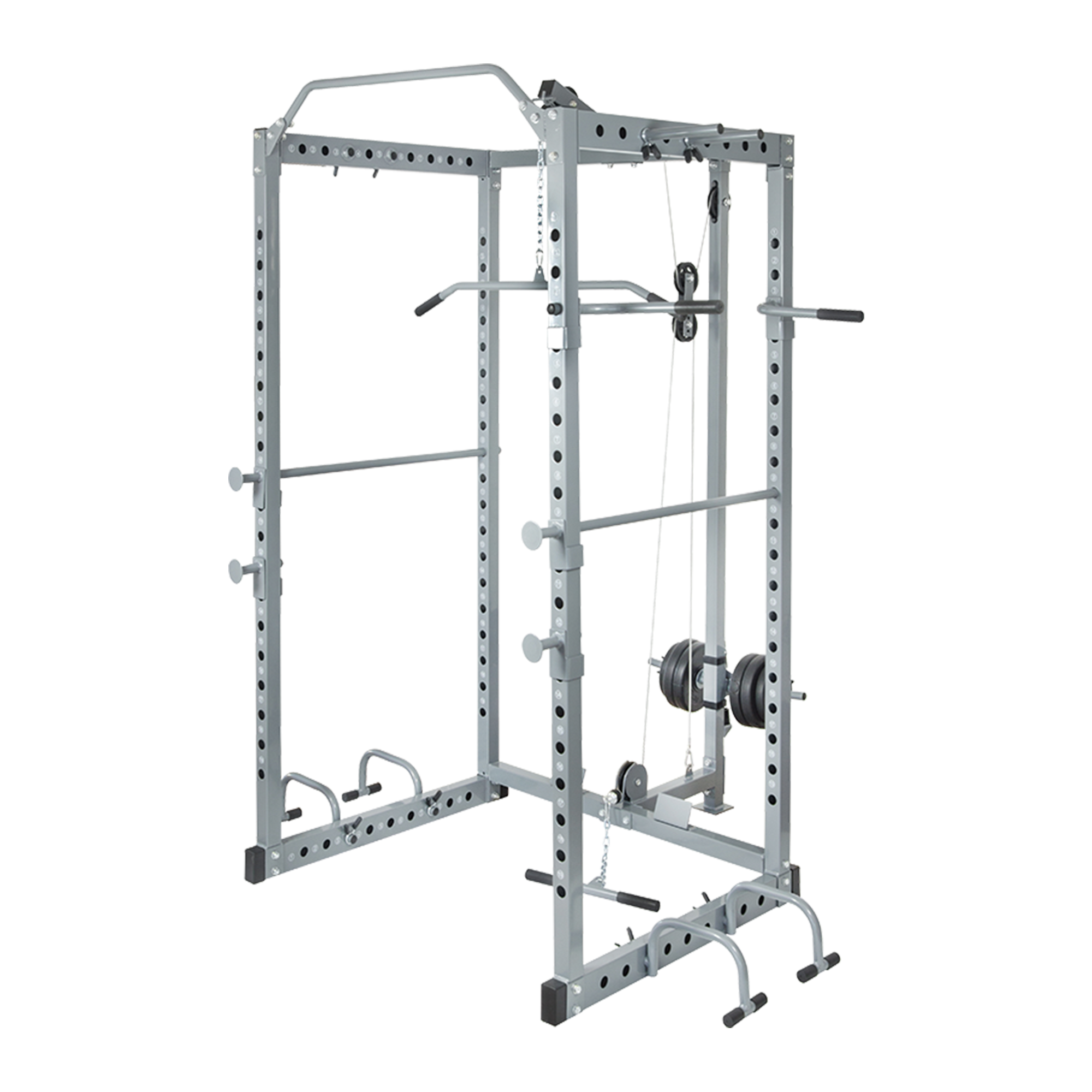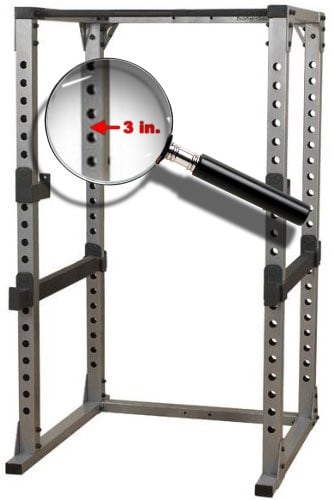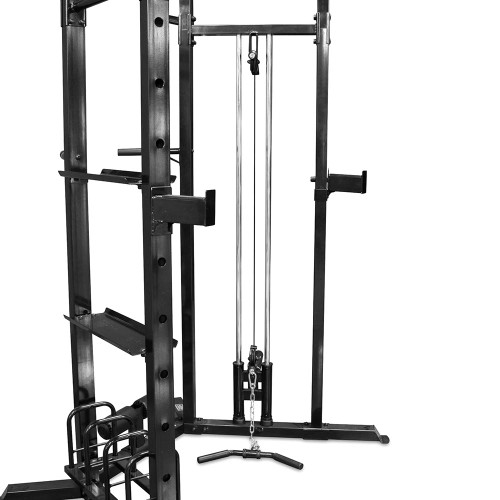Table of Content
For instance, one device may have an optical digital audio output, but the other device has a coaxial digital audio input. If you do need to have a long cable run, then it becomes more important to buy better quality cables – but you still don’t need to pay the earth – see point 2. Give yourself a bit of slack to enable you to pull the device forward from your unit/rack without pulling out all the cables. This will make routine maintenance and cleaning much easier.
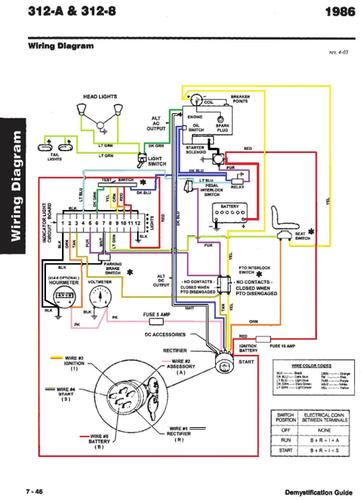
The installation-friendly, non-gripping wire jacket is flexible yet rugged. Recommended for connecting any speaker to a very powerful amp. Get every ounce of juice from your amplifier to your speakers with this oxygen free copper wire. Similarly, crushing forces on speaker wires may break conduction paths and impact the sound of a particular 5.1 home theater setup. There are other important factors to consider when creating a home theater setup.
1 Surround Sound Wiring Diagram Wiringall.com.
HDMI cables transmit high-definition audio and video signals from TVs to other devices. Devices with HDMI connections tend to produce the best audiovisual experiences in 1080p. Before you start turn off and unplug all components before making connection and do not turn on the TV until connection setup is completed. The next thing you need to do is familiarize yourself with the types of wires you’ll be using in your home theater, and the connections on your various devices. TVs and A/V receivers will have the most potential connections, but manufacturers are usually quite helpful and label the different connections so you know what goes where. Common home theater connection typesSo, once you know the connections that you have on your devices, you can work out if you can use just one for the picture and sound – or different ones.
A container rated for 20-amps has a distinctive prong form in which one of the straight slots has a To shape. This condition allows 20-amp home appliances, which have an identical T-shaped prong, to be inserted. Installing such a receptacle on the 15-amp circuit makes it possible to be able to possibly overload typically the circuit if an individual plug this kind of 20-amp appliance in it. More, difficult uncommon for circuit breaker boxes to be mislabeled, particularly if the electrical service have been extended or perhaps adapted over typically the years. The routine breaker label might not accurately describe the particular circuit breaker really controls. Use a room plan to mark out the positioning of each piece of equipment to estimate the amount of and which types of wires you will need.
Home Theater Wiring Tips » Design And Ideas
Plan your layout accordingly so you’ve got a good distance between speakers, but it’s minimal enough to not have issues with resistance. As a general rule, most home theater devices work on an impedance rating of 75 ohms. While this in itself isn’t too important, it’s worth knowing that devices can be connected without impedance mismatch.
Therefore, most cables will need to have a male connector. However, it’s always best to double-check before you buy the cable. HDMI has the advantage of being digital, it supports all the latest types of video/audio, and you only need one cable to send both the sound and picture. For video connections, the order of preference is related to the quality of the video signal that each type produces. The better the quality of the signal, then the sharper and clearer the picture should be.
Home Theater Speakers Circuit Diagram
It affects all types of cables; the lower the resistance rate, the greater its ability to transmit high-quality sound. When routing multiple sections of wire along the same run or path becomes unavoidable, it can be helpful to work with shielded cables. Antenna interference effects are especially prominent at close range, and one signal path may cause crossover distortion or nasty feedback in another at close proximity. Home theater amplifiers are generally rated to drive specific resistive load sizes, denoted in ohms (Ω).
You’ve learned you might have a few different home theater connections in common between your devices. Therefore, some connections can be used to send the picture and the sound between your devices. • If your TV doesn't accept a component video or HDMI connection, use the S-Video connection to the TV.
Note that complete HD system requires a HD sound system, a source of HD content, and proper setup connection with components such as HD cable or satellite box. Audio video hook up connections used at the home theatre wiring diagrams. These tips are relevant to installing all types of cables – both video and audio interconnects – as well as speaker wire. It is worth investing in a set of wire strippers if your speakers have binding post connectors. A bare wire makes for the most secure connection with the best sound clarity.
An easy plug circuit analyzer device, available for a couple of dollars, will create it possible to routinely check stores to make certain they are wired correctly. The best method to prevent electrical shock is to CONSTANTLY test wires and devices for strength before taking care of these people or near them. Find out how to hook up a receiver to your tv/cable box. Connect HD by using HDMI cable to hook up TV to HD receiver. This is 7 page tutorial with 7 simple directions for setting up different device combinations to fit your connection needs.
RemoteIn this context, wire sends audio signals from the amplifier or receiver to the speakers. Thanks for mentioning that speaker wire permits acoustic signals to pass from amplifiers to loudspeakers in a home setup. You also said that wire that has no conductors are ideal. I think it’s a good idea to do a dry-run before you install so that you can see any roadblocks that you might come up to beforehand.
It’s important to remember that you’re basically building a circuit, and so every speaker needs to be connected properly for them all to work. Effectively read a electrical wiring diagram, one offers to know how the components inside the system operate. Next diagrams is pretty simple, but applying it within the scope of how the device operates is a different matter. My best advice is not necessarily only look in the diagram, yet understand how the components operate when within use. There are multiple types of wire used in the construction of a home theater, sometimes referred to as cable, it's the same thing.
Don't be afraid to swap out long cables for much shorter interconnections to reduce the amount of untidy cable between devices. Unsightly cables are poised to be potential hazard issues. A coaxial is a shielded and insulated copper cable that carries high-quality audio signals often favored by home theater audio experts. Component wires split video signals into 3, signified by their differing colors. They are capable of carrying both standard and high definition images.
